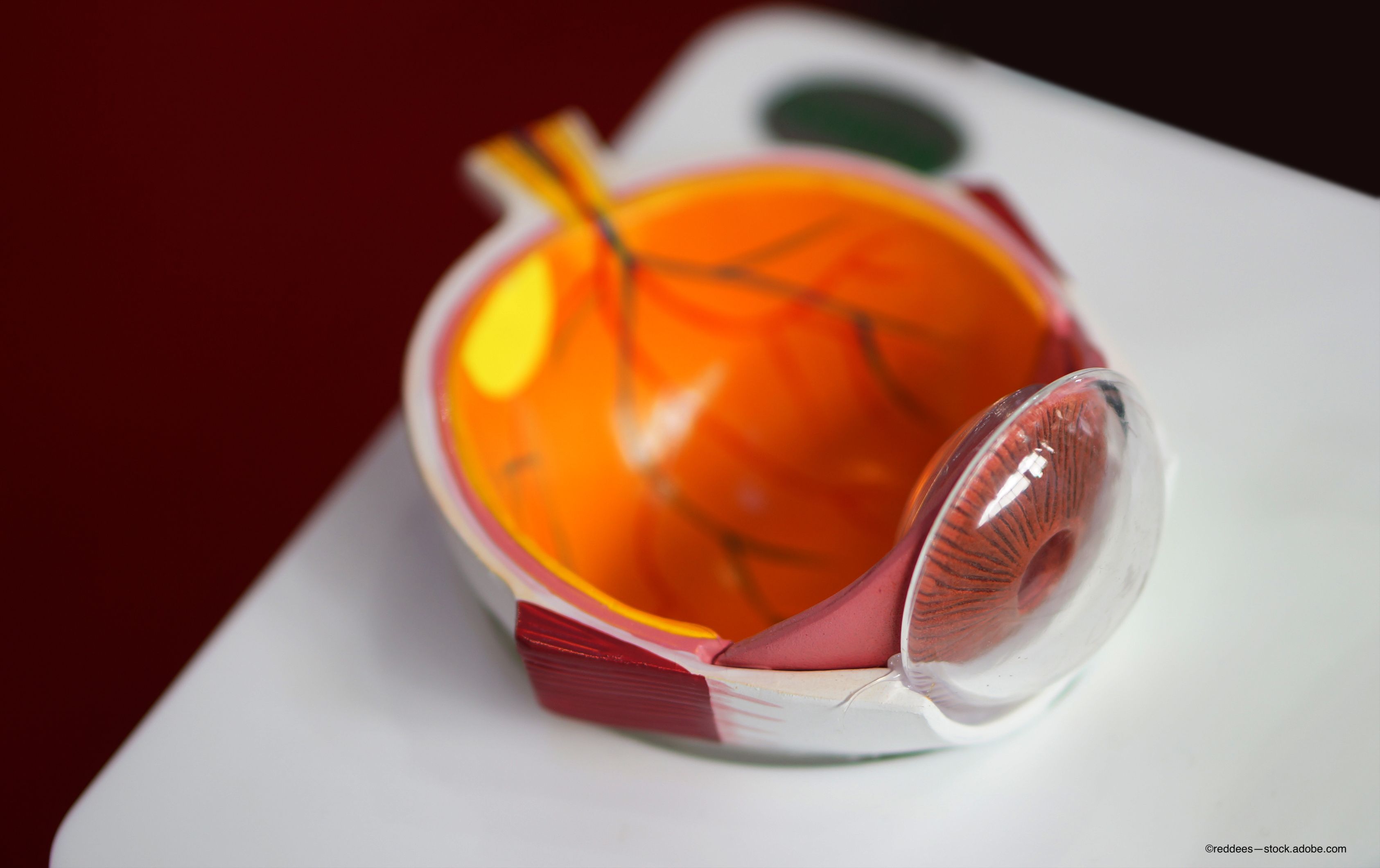Combination therapy lowers treatment burden in DME
Dexamethasone implant, aflibercept offer a safe treatment option for diabetic macular edema.

Reviewed by Ashkan Abbey, MD.
Ashkan Abbey, MD

Treatment for diabetic macular edema (DME) composed of a combination of a dexamethasone intravitreal implant (Ozurdex, Allergan/AbbVie) and aflibercept (Eylea, Regeneron Pharmaceuticals) seemed to safely improve vision and decrease patients’ treatment burden, according to Ashkan Abbey, MD, director of clinical research at Texas Retina Associates in Dallas.
The COED trial, a prospective, randomized, open-label, multicenter study, investigated the safety, efficacy, and durability of this combination treatment approach over 48 weeks. The authors hypothesized that the combination treatment would result in reduced time to resolution of DME and fewer total injections.
Related: Analyzing clinical results of dexamethasone implant effect on macular thickness (video)
Patients were randomized to either the active combination treatment or the control aflibercept monotherapy. The patients were either treatment-naïve or had received previous anti–vascular endothelial growth factor therapy to treat the DME (with a 3-month washout period). Data from those patients who completed 24 weeks of the study were included in the preliminary analysis.
Thirteen patients in the active combination treatment group received the treatment at baseline and then underwent monthly injections of aflibercept as needed and the dexamethasone intravitreal implant every 3 months as needed. Ten control patients received aflibercept at baseline and then monthly injections as needed, Abbey said.
Related: Retinal leakage and nonperfusion linked with center-involved DME
Retreatment was determined by the presence of new or persistent intraretinal or subretinal fluid with a central subfield thickness (CST) exceeding 300 μm, decreased best-corrected visual acuity (BCVA) of 6 or more letters compared with the previous visit, increased CST by more than 50 μm, and decreased BCVA of 10 or more letters from the patient’s best measurement with increased CST exceeding 50 μm from previously.
Results
At week 24, the differences in the mean BCVA and the CST between the active treatment group and the control group were –4.59 and –37.88 microns, neither of which reached significance (P=0.40 and P=0.61, respectively). The eyes that received the active combination therapy received fewer treatments (mean, 4.23 vs 5.4, respectively), Abbey said.
Related: Making the case for nurses to inject dexamethasone implants
No treatment-related adverse effects occurred, and the ocular adverse events were low in both study groups. The IOP was elevated to greater than 21 mm Hg in 2 eyes in the active combination group, which was controlled with topical medications; no such elevated IOP was seen in the control group. No cataracts developed in either study group.
“The combination treatment [composed] of the dexamethasone intravitreal implant and intravitreal aflibercept for DME provided similar visual benefit at 24 weeks of follow-up compared with aflibercept monotherapy and showed anatomic benefit with potential to reduce treatment burden,” Abbey concluded.
Ashkan Abbey, MD
E: aabbey@texasretina.com
This article is adapted from Abbey’s presentation at the Association for Research in Vision and Ophthalmology’s 2021 virtual annual meeting held in May. Abbey is a speaker for and consultant to Allergan and received research funding to support this study.
Related Content: Ophthalmology | Diabetic Macular Edema | Diabetic Retinopathy
Newsletter
Keep your retina practice on the forefront—subscribe for expert analysis and emerging trends in retinal disease management.